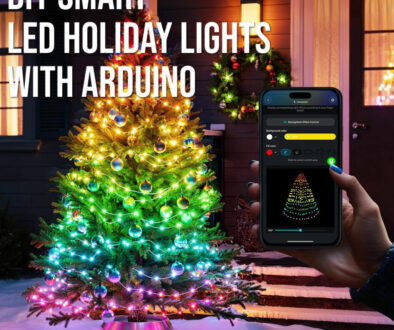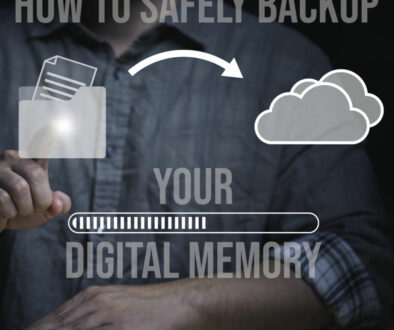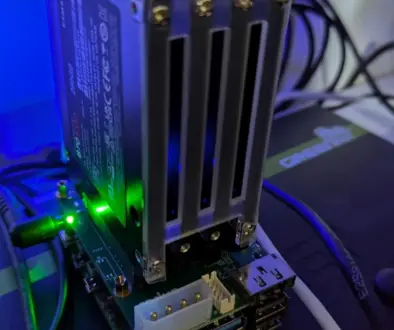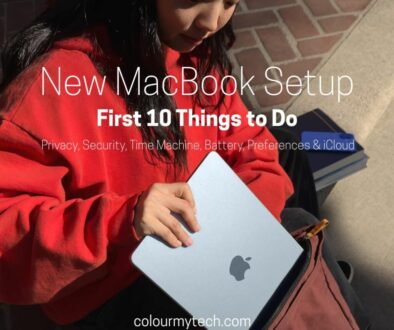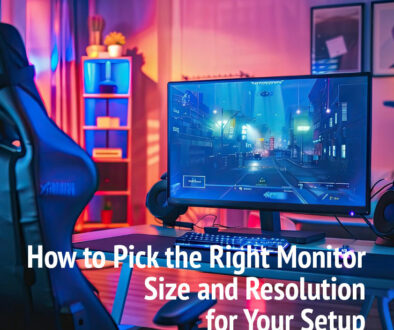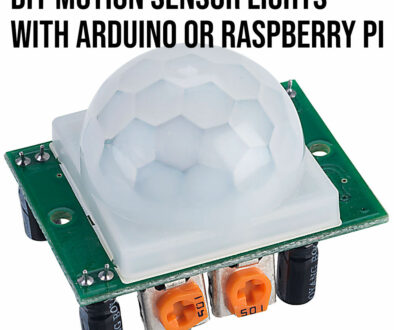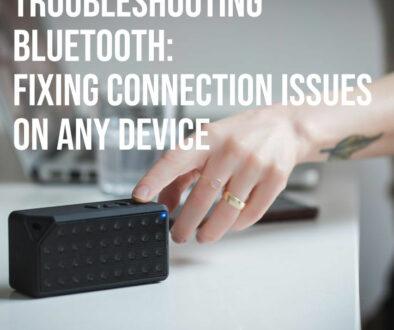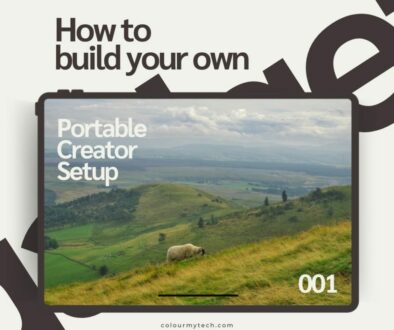10 Easy DIY Tech Projects for Beginners – Beginner friendly DIY Tech Projects anyone can do
Have you ever looked at your old gadgets gathering dust or felt inspired to create something new but didn’t know where to start? DIY tech projects are not only a fantastic way to breathe new life into unused devices but also an exciting opportunity to explore your creativity, learn new skills, and save money. The best part? You don’t need to be a tech wizard to get started!
Whether you’re a curious beginner or someone looking for simple, rewarding projects, this list of 10 easy DIY tech ideas for 2025 has something for everyone. From building a Bluetooth speaker to transforming your old smartphone into a security camera, these projects are fun, affordable, and tailored for first-timers. So, roll up your sleeves, grab some tools, and let’s turn those ideas into reality! Here is a quick look at your options by difficulty levels:
Beginner-Friendly Projects – with no experience or prior knowledge required
- Design a Custom Phone Stand: A simple, non-electronic project involving cutting and assembling materials like acrylic or mounting or cardboard.
- Create a Personalised USB Hub: Decorating a USB hub involves little to no technical work and is a purely aesthetic project.
- Turn an Old Smartphone into a Security Camera: Straightforward: install a security app and position the phone, no additional hardware required.
Intermediate Projects – with some assembly or basic tools needed
- Build a DIY LED Lamp: Requires assembling LED strips and basic wiring, but no coding or complex tools.
- Create a DIY Portable Charger: Involves assembling a power bank kit and handling small components, ideal for those comfortable with basic electronics.
- Repurpose an Old Laptop into a Media Server: Software-based project that involves installing media server software (e.g., Plex). Technical knowledge is helpful but not necessary.
- Build a DIY Bluetooth Speaker: Involves soldering and assembling multiple components, which might be new for beginners.
Advanced Projects – requiring tools, coding and complex assembly
- Convert Old Monitors into Smart Displays: Requires setting up a Raspberry Pi, installing software, and connecting components.
- Build a DIY Weather Station: Requires an Arduino kit, coding skills, and assembling various sensors to collect and display data.
- Make a DIY Smart Mirror: Involves integrating a two-way mirror, old monitor, and Raspberry Pi, as well as installing and configuring smart mirror software.
Take your pick above and use the table of content to jump to the DIY project of your choice.
Here are the links again if you wish to check out the other projects:
- 10 Easy DIY Tech Projects for Beginners – Beginner friendly DIY Tech Projects anyone can do
- DIY Tech Projects: Take it to the next level with these Intermediates – Lamp, Power Bank & Media Server
- DIY Tech Projects to Sink Your Teeth Into: Smart Display, Weather Station & Smart Mirror
For the purpose of this article, we will focus on the beginner-friendly projects.

1. Design a Custom Phone Stand – Remember to take exact measurements of your current device
A custom phone stand is a simple yet functional DIY project that combines creativity and practicality. Whether you need a stand for hands-free video calls or simply want to showcase your phone on your desk, this project is perfect for beginners and requires minimal tools or materials. Plus, it would be customised to your device with the right dimensions and support.
Materials Needed:
- Acrylic sheets, cardboard, or wood (depending on your preference)
- Cutting tools (e.g., utility knife or saw)
- Sandpaper (for smoothing edges)
- Ruler and pencil (for measurements)
- Glue, screws, or adhesive tape (depending on material)
- Optional: Paint, markers, or stickers for decoration
Steps:
- Choose Your Material: Decide whether you want a lightweight stand made from cardboard or a more durable one from wood or acrylic sheets.
- Create a Design Template: Use a ruler and pencil to sketch a simple design on your chosen material. A basic “L” shape or a wedge with a phone slot is a great starting point. Take a look at our gallery below for some inspiration.
- Cut the Pieces: Carefully cut the material following your template. If using wood or acrylic, a small saw or laser cutter will give clean edges. For cardboard, a utility knife works well.
- Smooth the Edges: Use sandpaper to smooth any rough edges, especially if you’re working with wood or acrylic, to ensure a polished look.
- Assemble the Stand: Use glue, screws, or adhesive tape to join the pieces. Ensure the angle supports your phone comfortably without tipping over.
- Decorate Your Stand (Optional): Add a personal touch with paint, stickers, or markers to make your phone stand unique.
- Test Your Stand: Place your phone on the stand to ensure it holds the device securely and sits at the right angle for viewing.
Enjoy your one-of-a-kind phone stand, use it for video calls or as a hands-free display for time, date, photo gallery, music player, mini video play and more on your work desk. Remember to design it in keeping with your interior decor.

2. Create a Personalised USB Hub
Why settle for a plain USB hub when you can turn it into a unique and stylish desk accessory? With a little creativity, you can personalize your USB hub to reflect your style while keeping it functional and organized. This project is quick, easy, and perfect for adding a personal touch to your workspace.
Materials Needed:
- A USB hub (basic or multi-port)
- Casing (optional, if you want to house the hub in a new shell)
- Paint (acrylic, spray paint, or fabric paint, depending on the material)
- Stickers, decals, or washi tape for decoration
- Small brushes or sponges
- Clear varnish or sealant (optional, for a durable finish)
Steps:
- Choose Your Design: Decide on a theme or aesthetic that fits your personality or workspace. It could be minimalistic, colorful, nature-inspired, or even tech-themed.
- Prepare the USB Hub: Clean the surface of the USB hub to ensure the paint or decor items adhere properly. Use a slightly damp cloth to remove dust or grease.
- Decorate the Hub:
- Painting: Use acrylic or spray paint to cover the hub in your chosen color(s). Apply thin layers and let each layer dry before adding the next.
- Adding Designs: Use small brushes or stencils to add patterns, icons, or lettering.
- Using Stickers or Decals: Place stickers, decals, or washi tape for an easy and mess-free design.
- Customize the Casing (Optional): If you’re creating a new casing for the hub, decorate it in the same style and assemble it securely around the USB hub.
- Seal the Design: Apply a clear varnish or sealant to protect the paint or decorations from wear and tear, especially if the hub will be handled frequently.
- Test Functionality: Once the design is complete and dry, plug in your USB devices to ensure the hub is still functioning properly.
The once dull and boring run of the mill USB hug is now your very own one-of-a-kind USB hub that not only keeps your devices connected but also adds a touch of personality to your desk. Opt for a sleek and professional look or a bold and vibrant design, the choice is yours. Alternatively, you can think of ways to integrate the USB hub and pair to match your tech, colours and designs to match your all-in-one desktop, monitor or laptops and mount it to your tech or work desk.

3. Turn an Old Smartphone into a Security Camera
Got an old smartphone lying around? Turn it into a fully functional security camera with this simple and cost-effective project. It’s an easy way to upcycle unused devices while enhancing your home security setup.
Materials Needed:
- An old smartphone (with a working camera and Wi-Fi capabilities)
- A phone stand or mount (you might one to consider building a custom one using the steps above.
- Charging cable and adapter
- A security camera app (e.g., AlfredCamera (Android), Manything (iOS), or IP Webcam (Android)
- Wi-Fi connection
Links: AlfredCamera Website (iOS and Android),

Steps:
- Prepare Your Old Smartphone: Wipe unnecessary apps and data to free up storage space. Perform a factory reset if needed to ensure smooth operation.
- Download a Security Camera App: Install a free security camera app on your old phone. Apps like AlfredCamera allow your phone to act as a live-streaming security device. Set up an account on the app and configure it as a “camera.”
- Set Up the Viewing Device: Install the same app on your current phone or computer, and configure it as a “viewer.” This will allow you to monitor the live feed from your old phone remotely.
- Position the Smartphone: Place your old smartphone in a strategic location (e.g., near an entryway, in the baby’s room, or overlooking your driveway). Use a phone stand or wall mount to secure the phone at the right angle.
- Connect to Power: Plug in the phone to ensure it stays powered for continuous use.
- Test the Feed: Use your current device to check the live feed. Adjust the phone’s position if necessary to get the best coverage.
- Optional Enhancements: Enable motion detection features in the app to receive alerts when activity is detected. Add a microSD card (if supported) for local recording.
If the onboard battery is knackered, consider a cheap power bank to connect to your smartphone for wire-free operation. It won’t be waterproof so don’t go using this outdoor. You can of course place it strategically indoor near a window but remember to shade it from direct sunlight of your phone might superheat. To mount it to the window, use a conventional suction car mount. For indoor use or as pet or baby cam, get a mini tripod. And, if you have an old lens kit (see image below) that lets you turn your onboard camera into an ultra wide angle camera, go ahead and add that.

Remember to check out the next instalments where we explore the intermediate and advance DIY Tech Projects.






